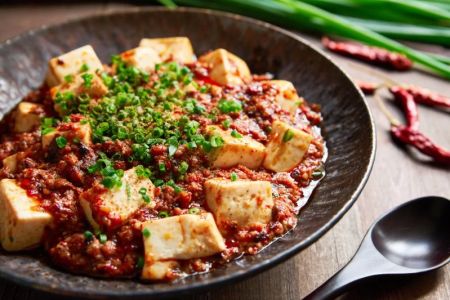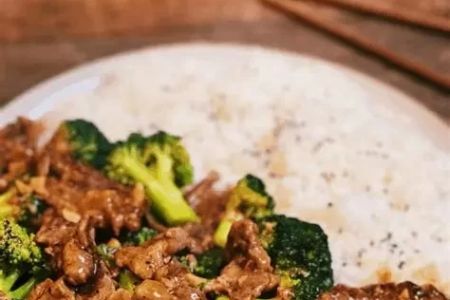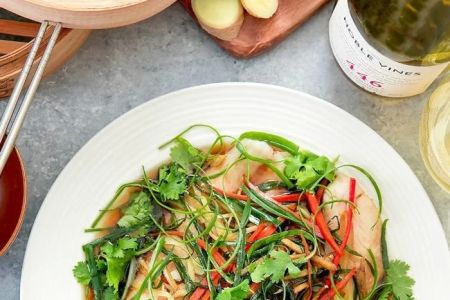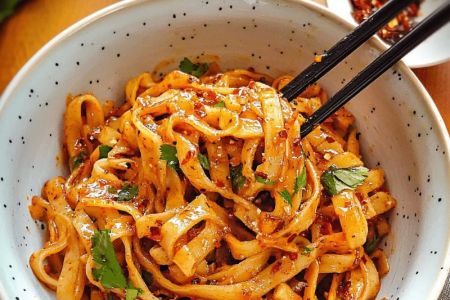- 1 - Early Arrivals of Chinese Immigrants and the Birth of a New Cuisine
- 2 - The Growth of Chinese Restaurants Across America
- 3 - Fusion Dishes That Redefined American Dining
- 4 - Cultural Impact of Chinese Food Beyond the Table
- 5 - Modern Revival of Traditional Chinese Cuisine
- 6 - Personal Stories and the Ongoing Evolution of Chinese-American Food
Early Arrivals of Chinese Immigrants and the Birth of a New Cuisine
The story of Chinese influence on the American culinary landscape begins in the mid-19th century during the Gold Rush era. Chinese immigrants brought with them not only labor and skills but also recipes, flavors, and cooking techniques. In California, the first small eateries opened to serve fellow immigrants, often adapting recipes to use locally available ingredients. This blend of tradition and necessity planted the first seeds of what would become an enduring part of American food culture.
The Growth of Chinese Restaurants Across America
By the late 1800s, Chinese restaurants began appearing in major cities such as San Francisco and New York. These establishments catered not only to Chinese immigrants but also to curious locals eager to try exotic flavors. Chop suey houses became especially popular, representing one of the earliest forms of Chinese-American fusion cuisine. Despite facing discrimination, Chinese restaurant owners thrived by offering affordable, flavorful meals that appealed to working-class Americans. This resilience helped embed Chinese food into the everyday dining habits of the United States.
Fusion Dishes That Redefined American Dining
Some of America’s most iconic comfort foods have roots in Chinese kitchens. General Tso’s chicken, orange chicken, and egg rolls are all products of adaptation, designed to appeal to the American palate while maintaining ties to traditional Chinese cooking. These dishes represent more than just meals—they are symbols of cultural negotiation, where immigrants shaped their identities while simultaneously transforming American taste. Today, many of these “Americanized” dishes are as common as burgers and fries.
Cultural Impact of Chinese Food Beyond the Table
Chinese food became deeply ingrained in American traditions. The most famous example is the ritual of eating Chinese takeout on Christmas among many non-Chinese families. This tradition, which started in New York, has spread nationwide and highlights how food can bridge cultural gaps. Television shows and movies often reference Chinese takeout boxes, further embedding the cuisine into popular culture. The cultural impact is not just about flavor but also about creating shared experiences that unite communities.
Modern Revival of Traditional Chinese Cuisine
In recent decades, there has been a renewed interest in authentic regional Chinese cuisines. Cities like Los Angeles, Houston, and Flushing in New York now boast restaurants serving Sichuan hot pot, Cantonese dim sum, and Xi’an-style noodles. Younger generations of Chinese-Americans are reclaiming their culinary heritage, showcasing flavors that go far beyond the Americanized versions. This revival reflects a broader shift in America’s dining culture toward authenticity and diversity. If you want to explore more about the essence of Chinese cuisine, visit Chinese Food for tailored recommendations and curated dining experiences.
Personal Stories and the Ongoing Evolution of Chinese-American Food
Behind every restaurant is a story of resilience and adaptation. Take the case of a small family-owned Chinese restaurant in the Midwest that became a community hub for decades. Generations of local families celebrated birthdays and graduations there, creating memories intertwined with flavors of fried rice and sweet-and-sour pork. Stories like these highlight how Chinese food is more than just a cuisine—it’s a shared narrative of immigration, perseverance, and belonging. As America continues to evolve, so too will the influence of Chinese food on its culinary landscape, offering endless opportunities for cultural connection.







